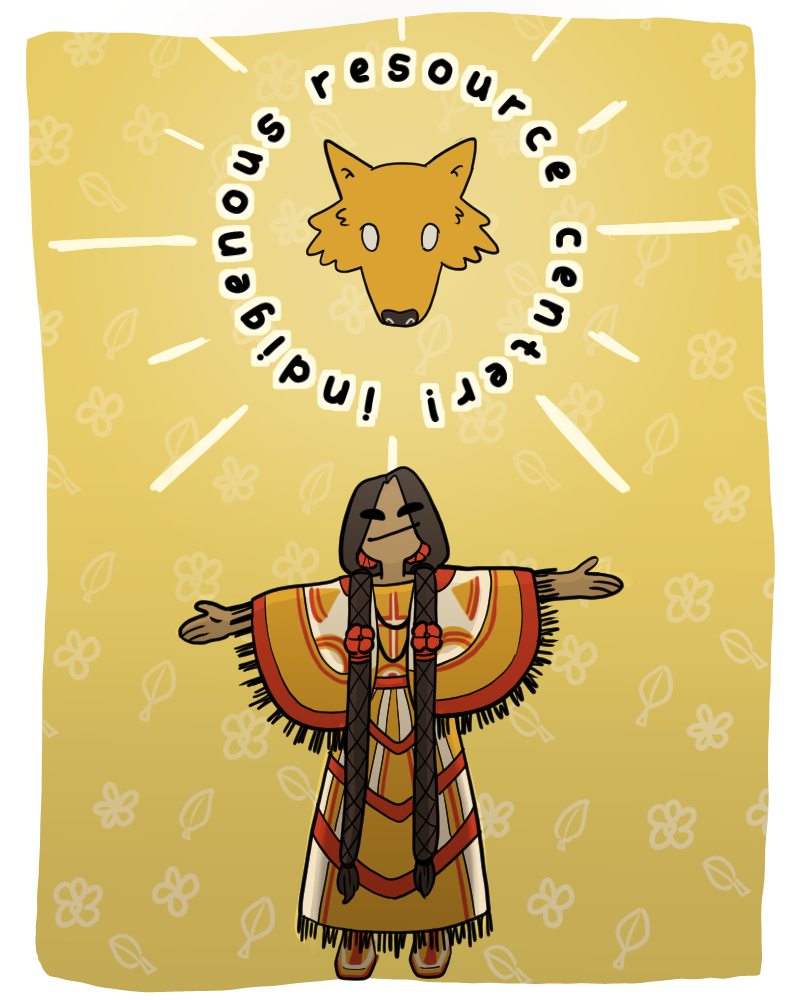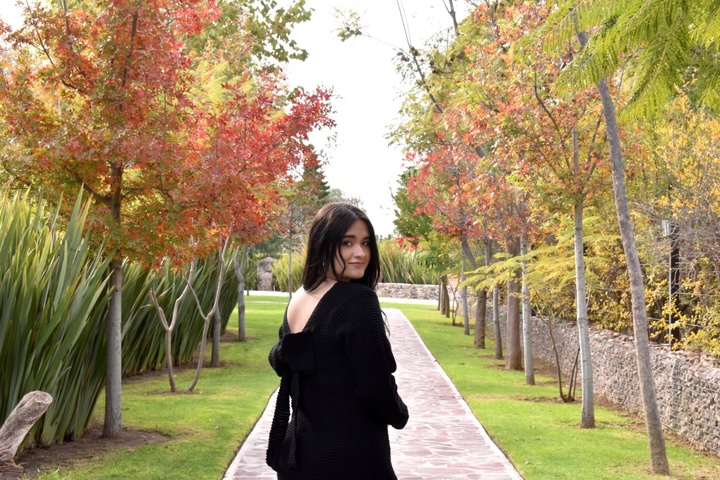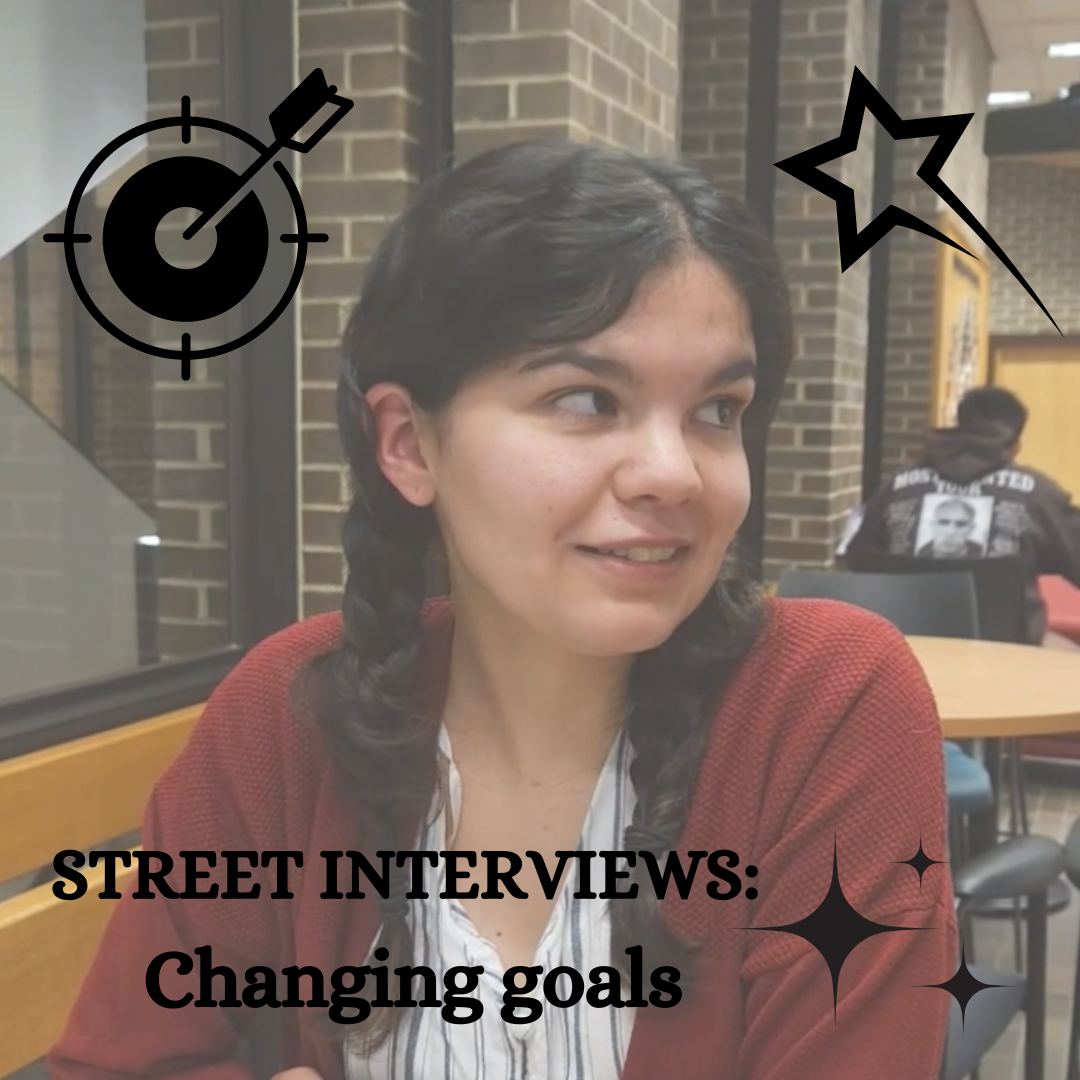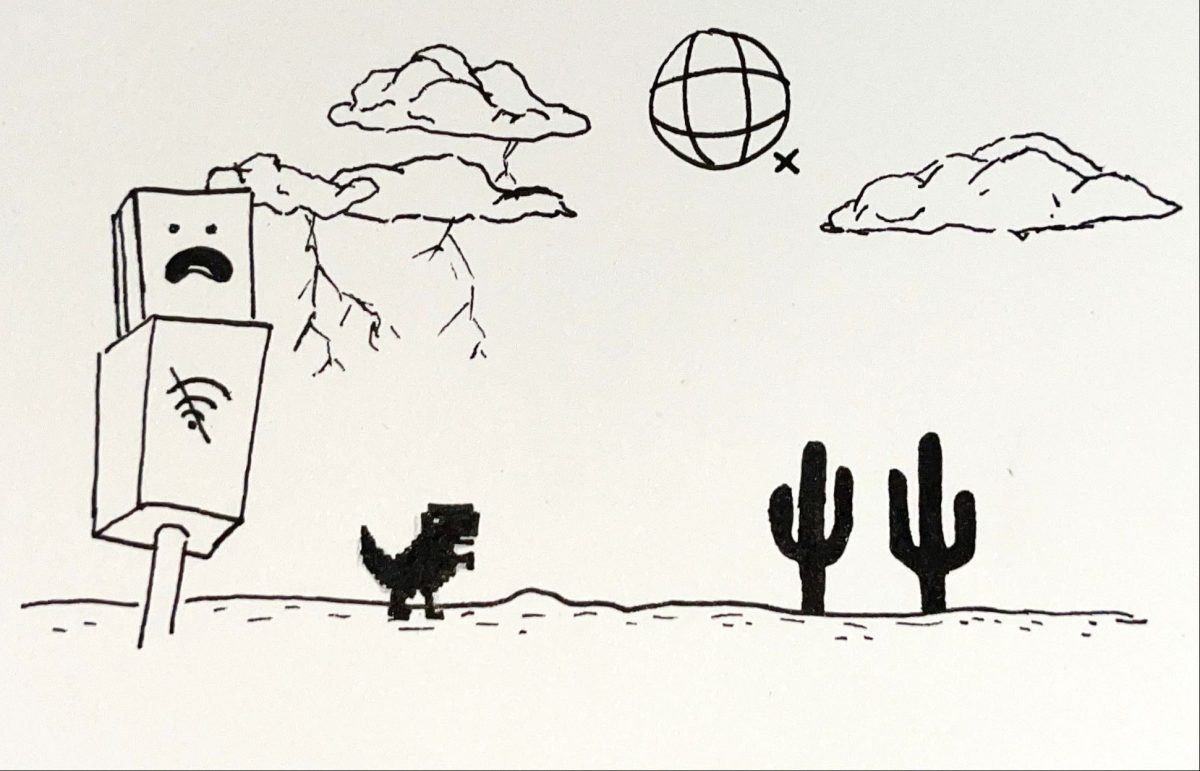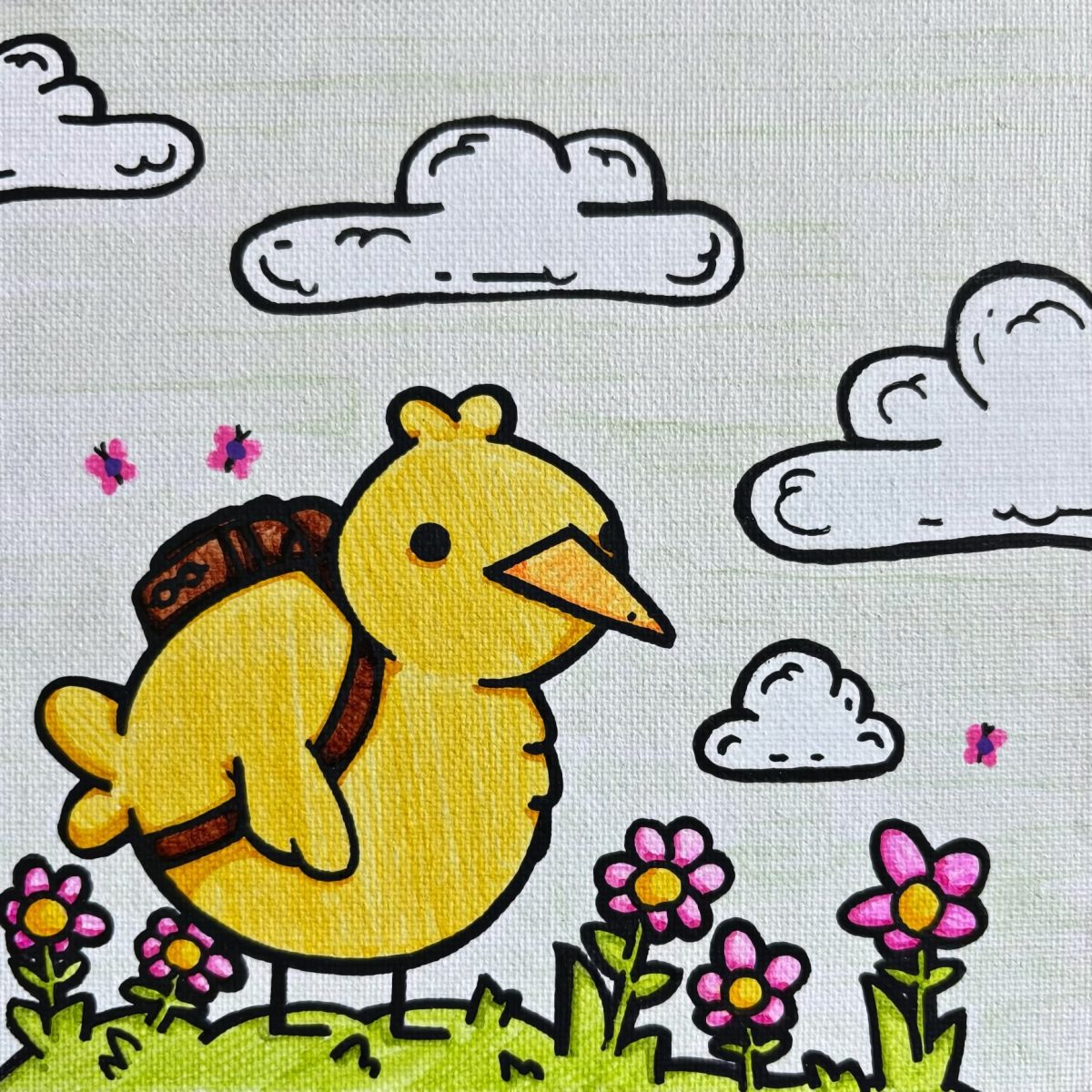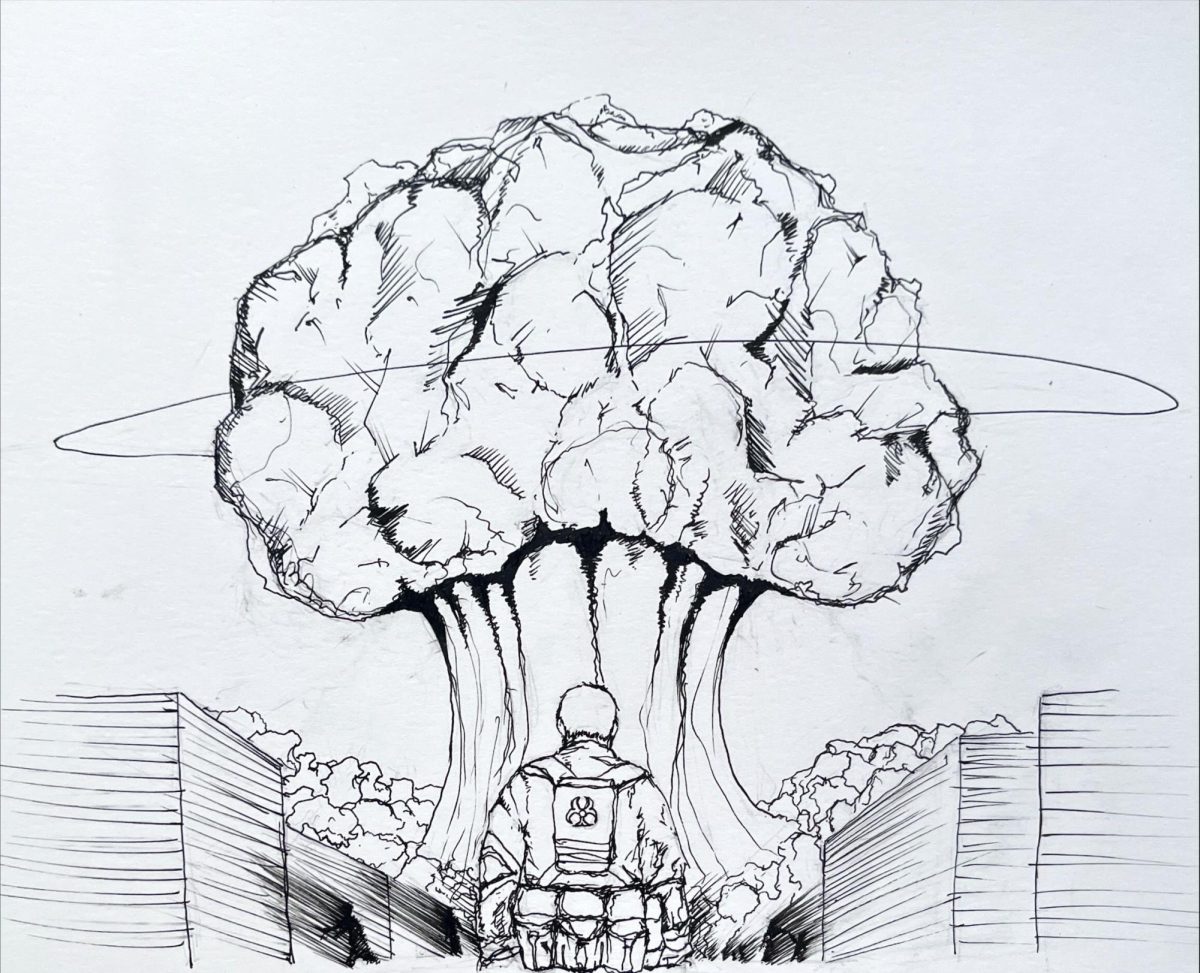To embrace diversity, NIU must understand the needs of student groups and provide for them. An Indigenous Resource Center is necessary to foster community and give representation to Indigenous people.
Indigenous students are faced with a wide range of obstacles, all while also attempting to manage their cultural identities. An Indigenous Resource Center could bring attention to the voices of Indigenous students via culturally relevant activities and a network of support of other students and staff.
Jennifer Joiner, a junior environmental studies major, said she is connecting with other Indigenous students after spending time reconnecting with her tribe.
“There’s a lot of focus on Western ideas and Western thinking and forms of academia and what’s important and what’s not important,” Joiner said. “And that can clash with a lot of Indigenous students’ ideas of how they are raised, or their own spiritual identity, or their own ethnic identity or cultural identity.”
NIU values diversity, equity and inclusion by building respectful relationships with Native students, faculty, staff and communities. This includes promoting student success, academic research and community outreach, according to NIU’s Land Acknowledgement.
NIU should state their plans and initiatives to support the Indigenous population and create a more inclusive campus. The Land Acknowledgement statement may be seen as general acknowledgement of past injustices without a specific plan to solve them.
“Going to academia, especially in this area, can be very lonely if you’re seeking others like you,” Joiner said. “I would say it could just be isolating to be away from your culture, or it can be isolating to not be around other people who have your shared culture or heritage.”
The center’s primary goal would be to provide Indigenous students, faculty members and staff with a secure environment in which they have the opportunity to learn about themselves, meet new friends and celebrate their heritage. When there is a welcoming space that is considered culturally acceptable, the general well-being of those involved is improved.
A cultural center gives Latinx students a home away from home, cultural validation, a sense of belonging and leadership opportunities with Latinx peers at a Historically White Institution. Latinx students at Historically White Institutions face racism, class and privilege challenges daily, according to a 2019 study from Future Review: International Journal of Transition, College, and Career Success.
“There’s so much that can be done when Indigenous students come together with faculty and staff,” Joiner said. “Skill swapping, event planning, meal prepping, anything really. Like we want to organize powwows. We want to engage in spiritual practices with each other.”
The resource center would be significant to promoting cultural knowledge and understanding. Under the Indigenous Resource Center, misinformation would be dispelled, cross-cultural understanding would be promoted and students, faculty and staff would be brought together through educational programs, workshops and activities.
“It’s just nice to step into a space and already know that we share something in common immediately and share skills and share knowledge and share culture,” Joiner said. “And that is how you keep culture alive. And to not have a designated place for that culture to thrive, it can be very difficult when entering a new space, I for sure would love to see the First Nations Alliance gain more traction, recognition and have their own space.”
The purpose of the center would also strive to promote Indigenous viewpoints inside the leadership of the institution to develop policies that promote inclusion and equity. At NIU, the resource center is absolutely necessary in order to guarantee that Indigenous students are heard, acknowledged and provided with the resources they need in order to achieve success.
“For the school as a whole, I think it could come down to getting more involved with tribes in general, like we could just be connecting more with the Indigenous tribes of the area, offering our grounds for hosting events such as powwows and other ceremonies,” Joiner said. “I think that the school just could acknowledge the First Nations Alliance just a little bit more. Give us the space for the First Nations Alliance.”
Diverse student bodies are the foundation of dynamic campus communities. NIU would show their commitment to diversity by building the Indigenous Resource Center so Indigenous people and the community can benefit from the center’s advocacy, education and assistance.
This is an important step toward diversity and inclusion. If NIU truly wants to build respectful and authentic relationships with the Indigenous community, they need to act and establish a resource center that will improve representation and recognition.
To support the First Nations Native Alliance’s cause and show NIU that Indigenous students matter, the last day to sign their petition to establish an Indigenous Resource Center is Thursday.



